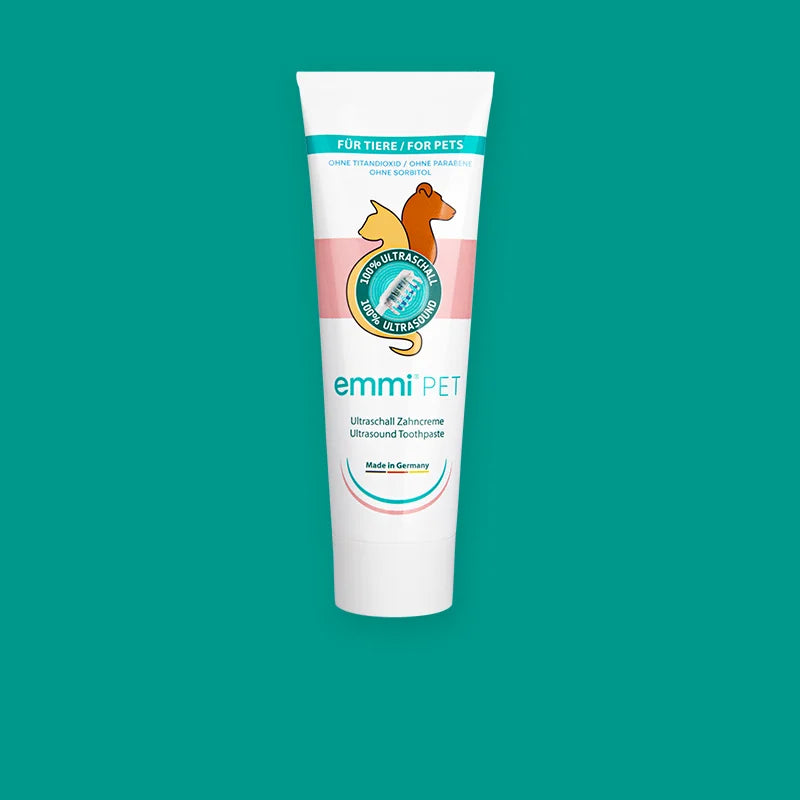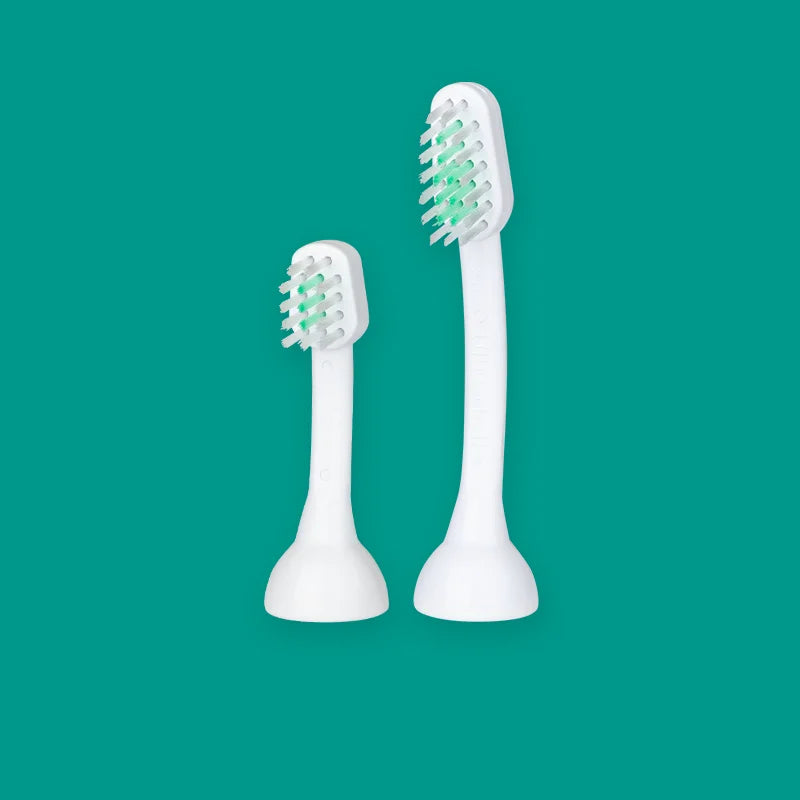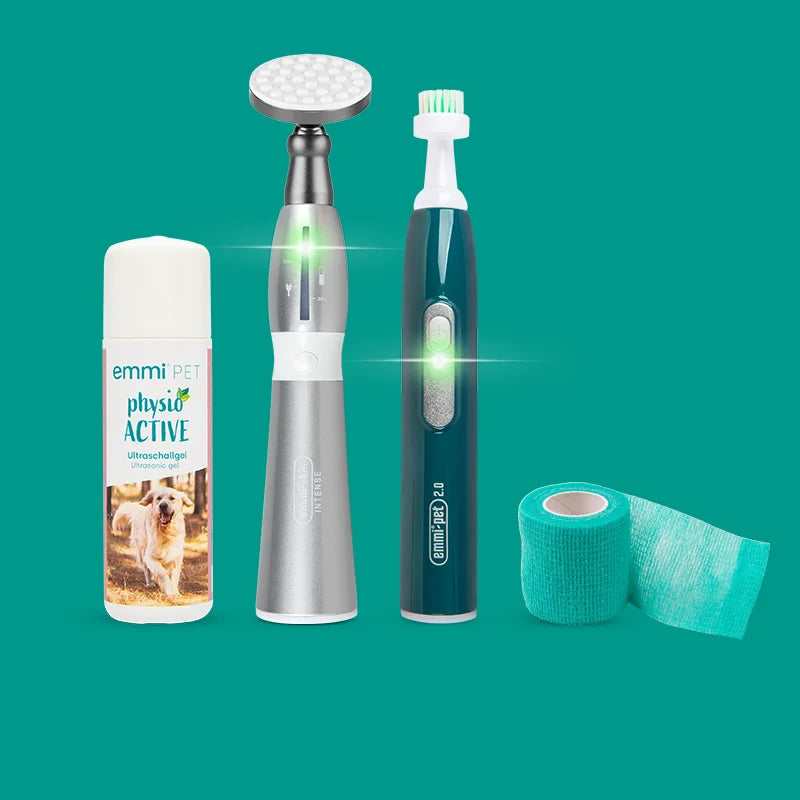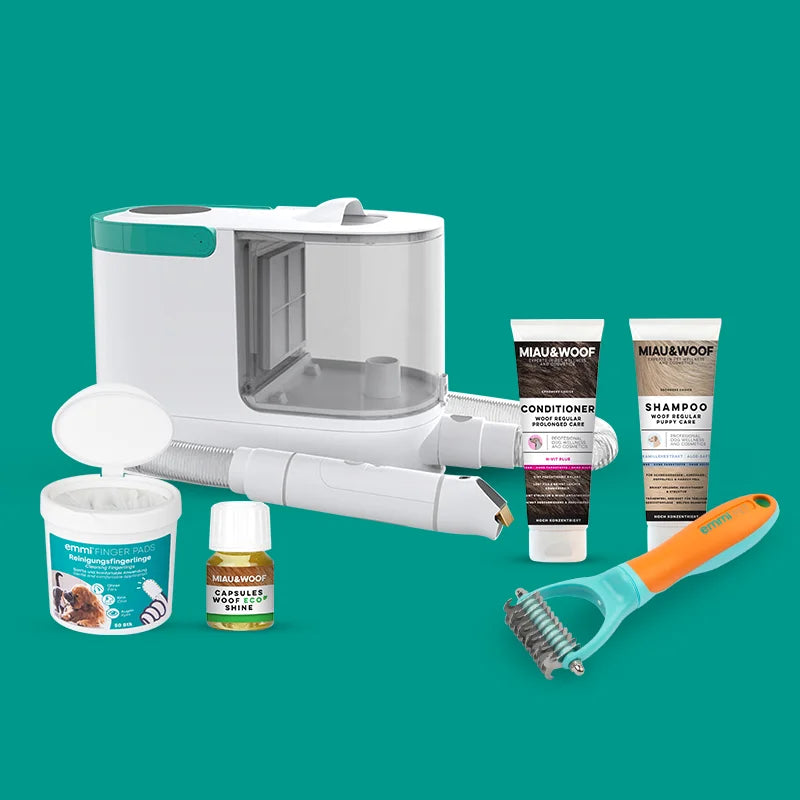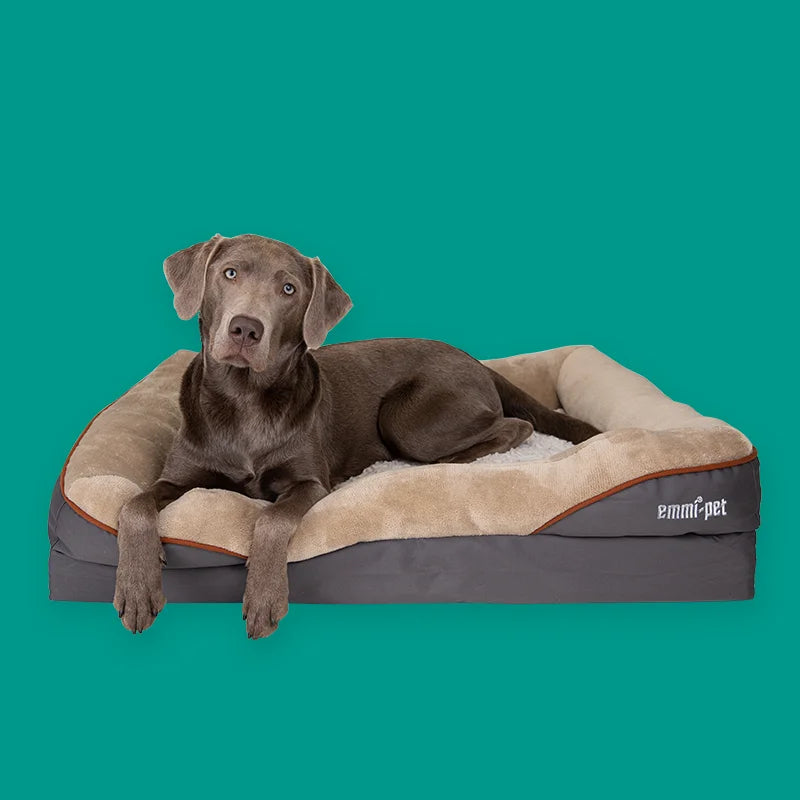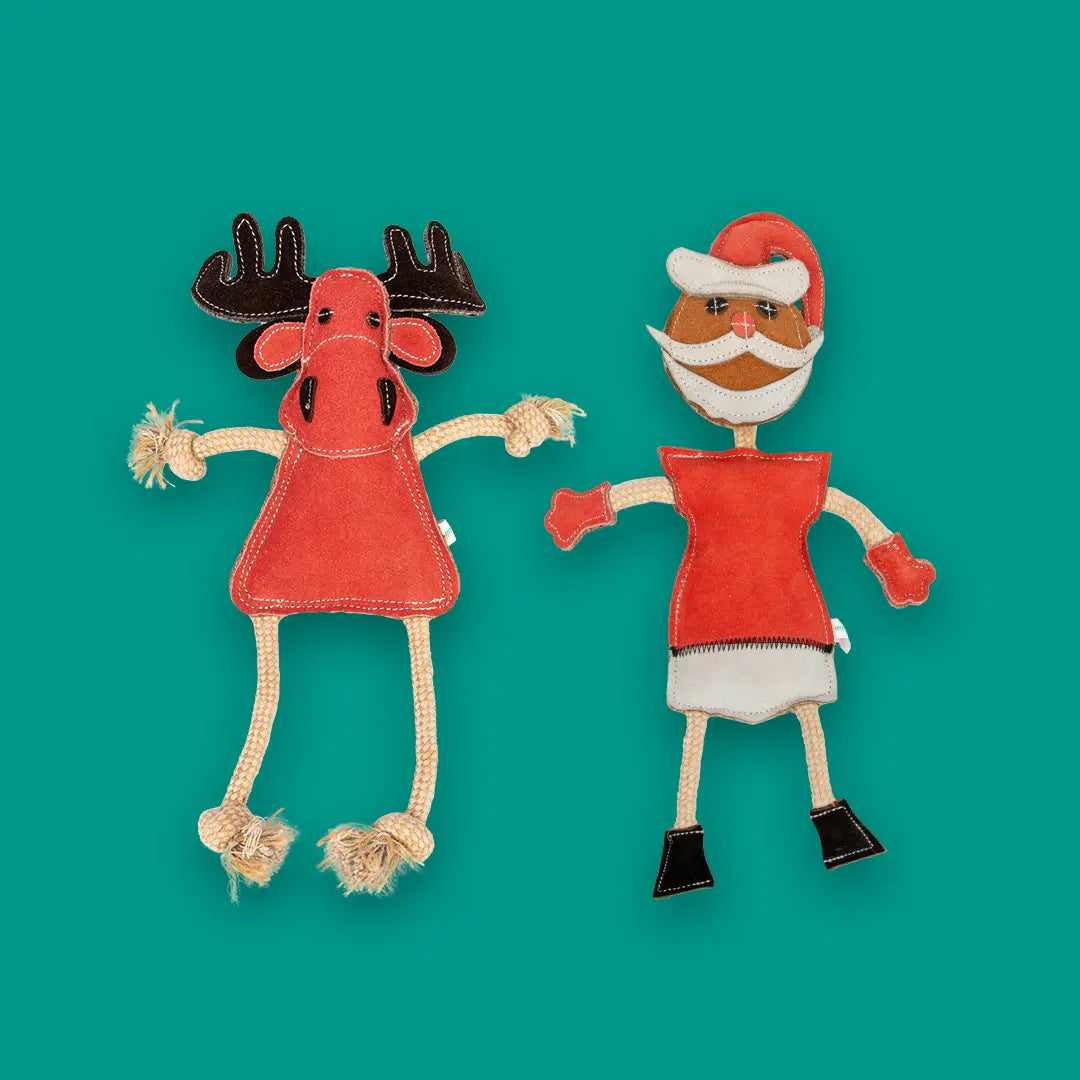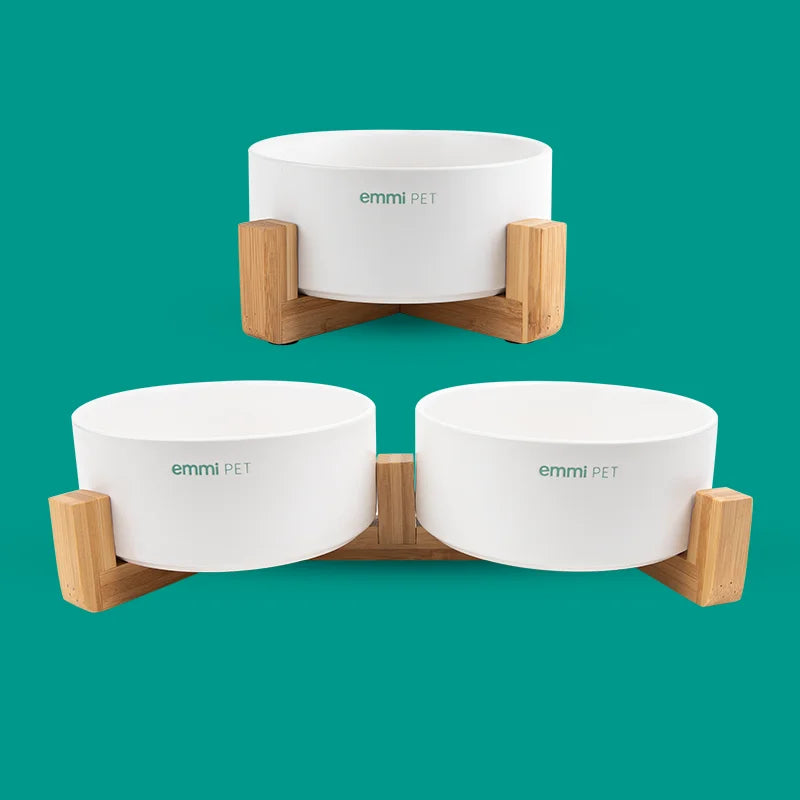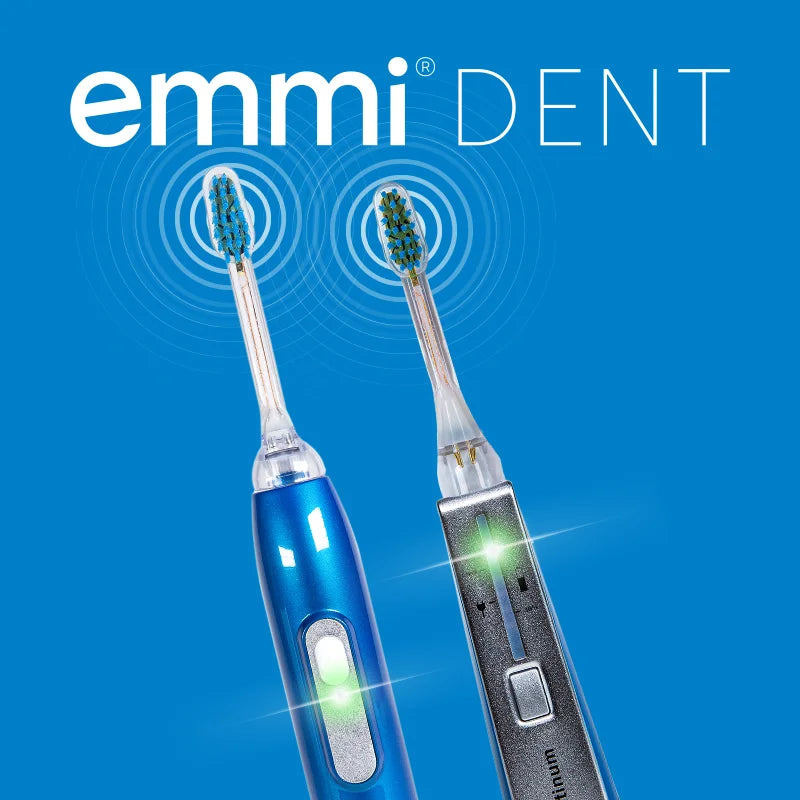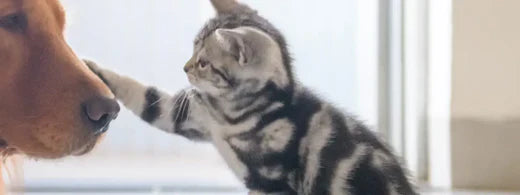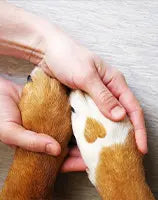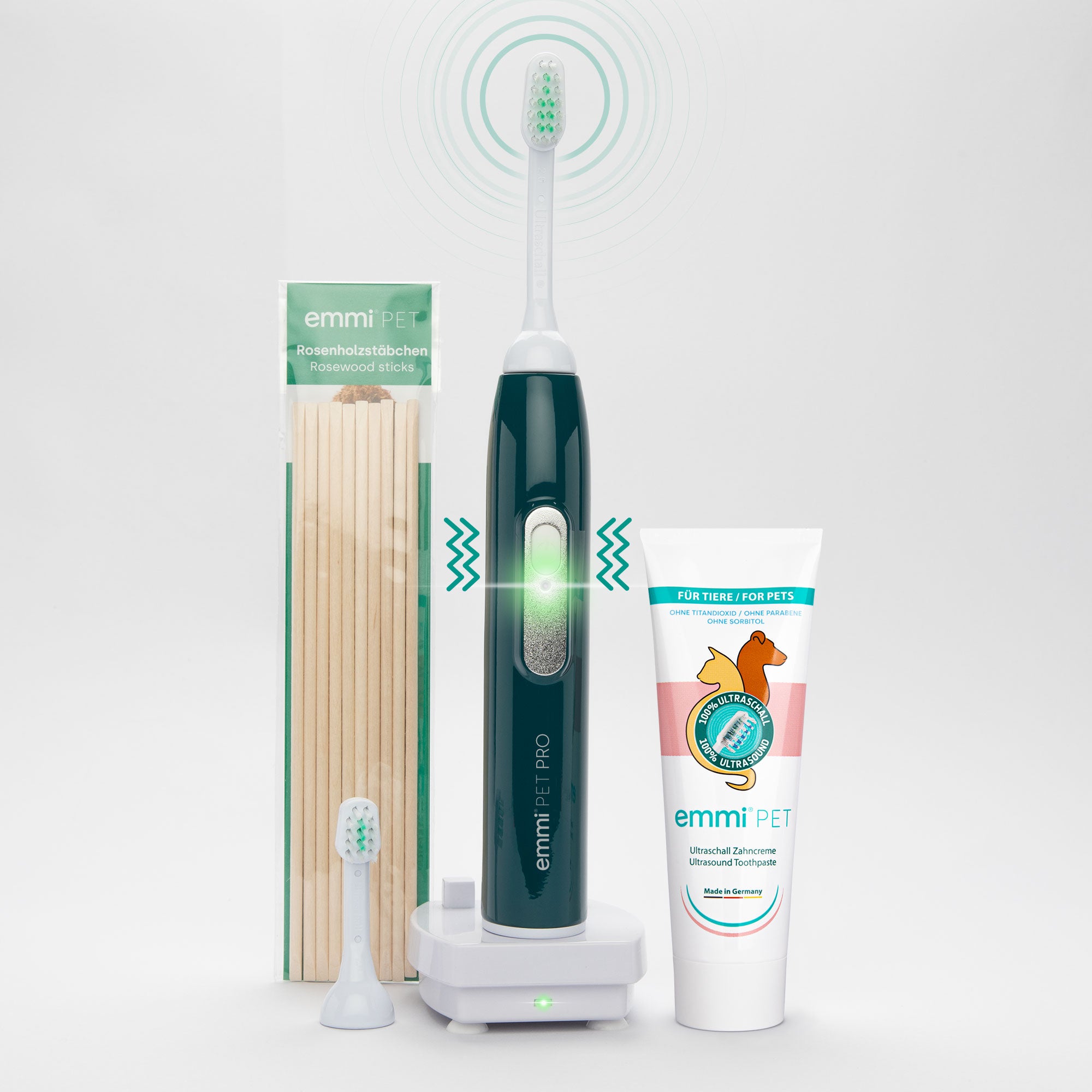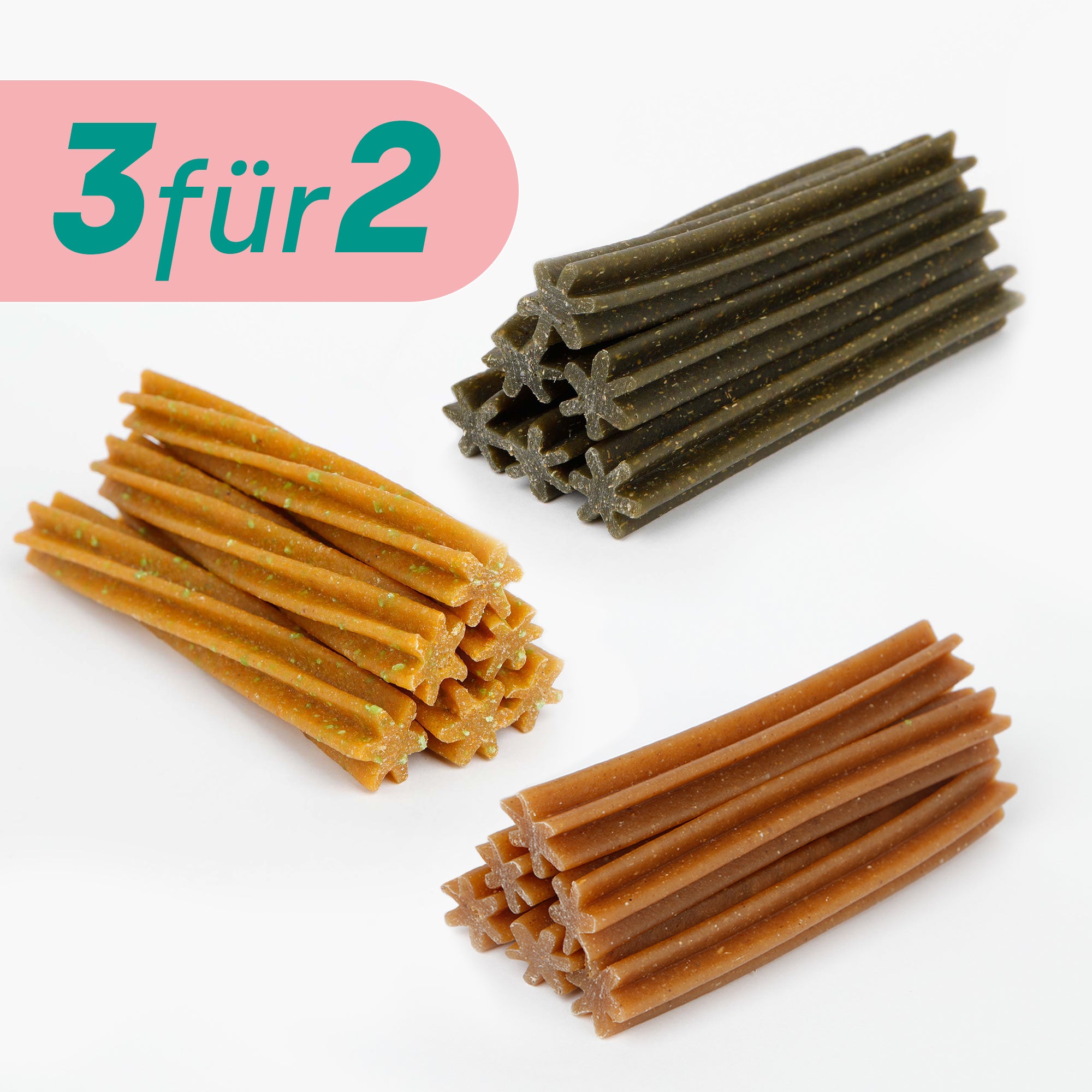Teething in cats
Cats are predators and rely on very strong teeth. Even if your cat doesn't have to work for its own food, flawless teeth play an important role in its overall health. Improperly developed teeth can lead to secondary diseases. For this reason, it's very important to regularly check their teeth, starting with kittens.
Cats shed their teeth in several stages. Permanent teeth follow the milk teeth, and age-related tooth loss is considered normal for cats. Read today's blog post to learn how to best check your cat's teeth and what teething is all about.
The kitten's teeth: How many teeth does a kitten have?
Teething in cats is divided into three phases. While the first two phases occur in kittenhood, stage 3 only begins with increasing age. During kittenhood, the teeth and jaw change within a few weeks. Kittens are toothless after birth. Similar to other mammals, the baby teeth only develop within the second to third week of life.
The canines and incisors usually emerge first. The remaining teeth and molars follow about a week later. At approximately eight weeks, the kitten's milk teeth are complete. The kitten now has 26 teeth. By now, it's time to wean the kitten from its mother and transition it to solid food.
The change of teeth in cats: Time for the right teeth
A cat develops its adult teeth between four and six weeks of age. In cats, baby teeth give way to the permanent dentition relatively quickly. As the permanent dentition develops, the proportions of the skull and jaw also develop. How long it takes for a cat to shed teeth depends largely on the breed. Furthermore, not all baby teeth fall out at the same time in kittens. The shed teeth can take several weeks. However, the shed teeth should be complete by the seventh month of life. The cat now has 28 teeth.
Age-related tooth loss
Natural tooth loss is not uncommon in senior cats. Indoor cats generally have fewer problems with missing teeth. If the cause is oral and pharyngeal diseases, tartar buildup, or gingivitis, this more often leads to health problems. Regular dental care for your cat is therefore essential.
How to help your cat with teething
As a careful observer, you can tell that your cat is teething by the increased salivation. Sometimes, tilting the head and licking the gums are also clear signs that your kitten is teething. Some kittens rub their snouts against objects in a particularly conspicuous way, while others conspicuously try to feel things. In rare cases, slow eating can be a sign of teething.
Kittens often exhibit moody behavior during teething and occasionally exhibit bad breath. This unpleasant odor stems from the decaying baby teeth. Soft food can make eating easier for your kitten. Dry food also loosens loose teeth. Teething toys aren't particularly popular with cats, but it can still be helpful if your kitten has the opportunity to chew.
You can also support your kitten during the teething process with relaxing gum massages. With the right technique, you can also closely monitor your kitten's teething process.
How to properly care for your cat's teeth right from the start
Good dental hygiene also plays a fundamental role in cats and prevents subsequent diseases. Health begins in the mouth. With our EmmiPet ultrasonic toothbrush, you have the ideal companion for effective dental care, right from the start. Make dental treatments as comfortable as possible.
Without vibration or brushing, you can care for your kittens' and cats' teeth with ease and a high level of acceptance. The painless, thorough, and gentle cleaning is performed entirely using ultrasonic technology. Incidentally, this also promotes blood circulation in the tissue, which supports and facilitates the teething process.
The anatomy and physiology of a cat's teeth
Cats are carnivores, so their teeth are designed for grabbing and dismembering their prey or food. Adult cats have 30 permanent teeth, 16 of which are in the upper jaw and 14 in the lower jaw.
1 - Incisors
Cats have six incisors in their upper and lower jaws.
2 - Canine teeth
The cats catch their “prey” with their four pronounced fangs.
3 - Front molars (premolars)
In a cat's upper jaw there are three premolars on each side.
There are two premolars on each side of the lower jaw.
Their function is to tear and chop food.
4 - Back teeth (molars)
There are 4 molars on each side of the upper and lower jaw.
They also serve to tear and chop food.
You can tell whether a cat has healthy gums by their pale pink color.
In some cases, slight pigment deposits can be found there.

